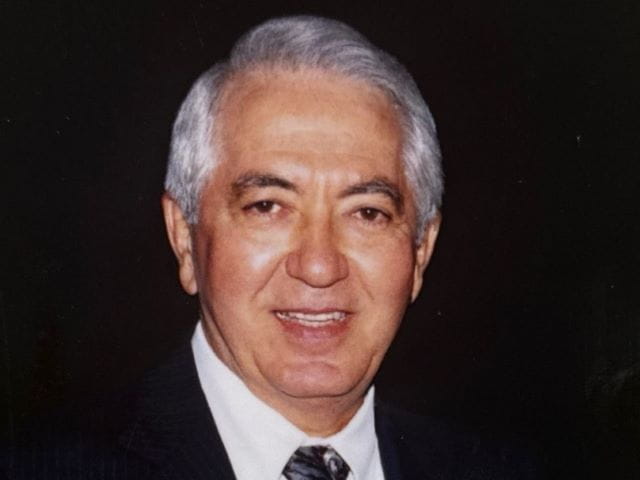Impact of the One Big Beautiful Bill Act on Philanthropy
Signed into law on July 4, 2025, the One Big Beautiful Bill Act (OBBBA) is a sweeping piece of legislation that reshapes tax policy, healthcare funding, and retirement planning. While much attention has been paid to its broader economic implications, several key provisions directly affect charitable giving. Here are some major changes, set to take place in 2026, and what they mean for your philanthropic strategy:
-
Above the Line Charitable Deductions for Non-Itemizers
Taxpayers who do not itemize can now claim a charitable deduction of up to $1,000 (single) or $2,000 (married filing jointly). This deduction excludes donor-advised funds.
How this impacts me:
Previously, only itemizers could deduct charitable gifts. This change opens the door for millions of Americans to receive a tax benefit from giving. -
Limits for High-Income Donors
If you're in the highest tax bracket (37%), your charitable deduction will now be capped at 35%, reducing the tax savings from large gifts. Additionally, a new floor for charitable deductions is in place, meaning you will only be able to deduct charitable contributions that exceed 0.5% of your adjusted gross income (AGI). For example, if your AGI will be $500,000, only donations above $2,500 will be deductible.
How this impacts me:
If you’re a high-income donor, you may want to accelerate larger donations into 2025 to maximize your deduction. After 2026, strategic planning—such as bunching donations or using donor-advised funds—will be key to preserving tax efficiency. -
Permanent AGI Limit for Cash Gifts
You can continue to deduct up to 60% of your AGI for cash donations to 501(c)(3) charities, though starting in 2026 a 35% cap would still limit the tax benefit.
How this impacts me:
This rule was originally set to expire at the end of 2025, but it has now been made permanent. -
Corporate Charitable Deductions
Corporations can continue to deduct charitable contributions up to 10% of taxable income. Under the new rulings, only contributions when they cumulatively exceed 1% of taxable income are eligible for deduction, encouraging greater philanthropic impact.
How this impacts me:
Corporations may consider increasing donation sizes to surpass the new threshold and maximize their tax benefits. -
Estate Tax Exemption Increase
Individuals with larger estates can transfer up to $15 million —and couples up to $30 million—free of federal estate, gift, and generation-skipping transfer taxes. This expanded exemption removes uncertainty around previous sunset provisions and provides greater flexibility for families to transfer wealth while minimizing estate tax liability
How this impacts me:
This creates a window of opportunity to engage in legacy planning for families with high wealth. With fewer estates subject to federal tax, charitable giving becomes a strategic tool for expressing values and supporting long-term causes. Planned giving vehicles—such as charitable remainder trusts or bequests—can help align your estate with philanthropic goals.
We encourage you to consult with your financial advisor or estate planner to explore how these changes affect your charitable goals. If you have questions or want to discuss giving strategies, please visit us at OrlandoHealthPlannedGiving.com or contact the Office of Planned Giving at (321) 843-9844.












